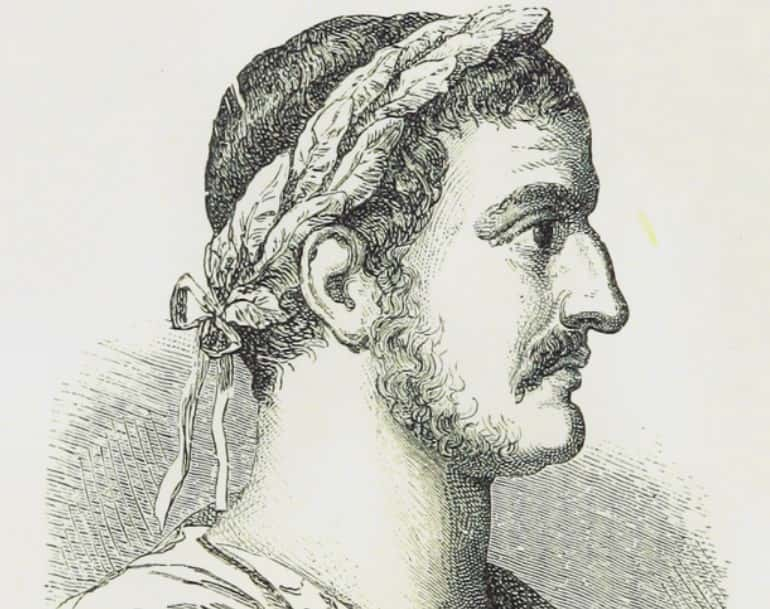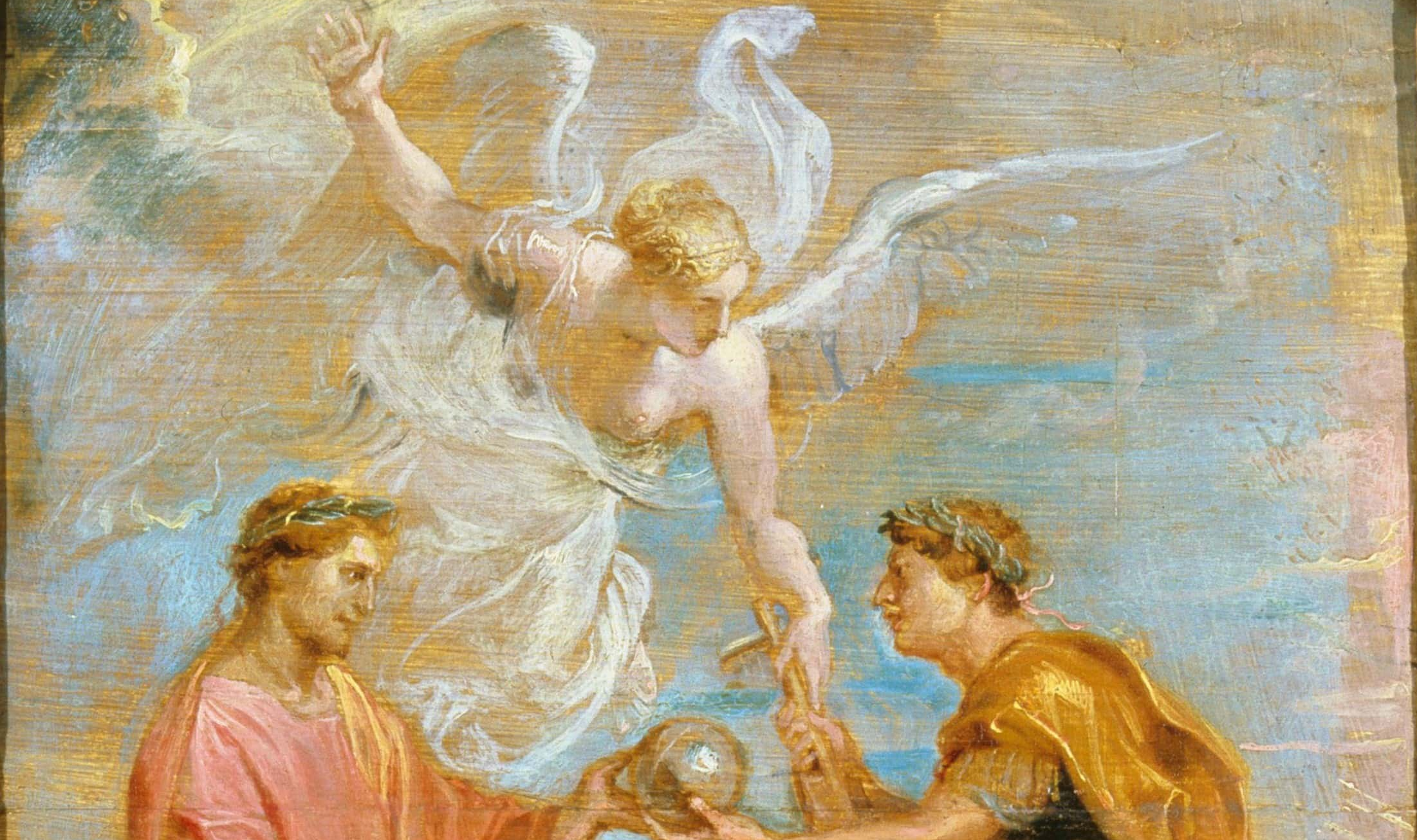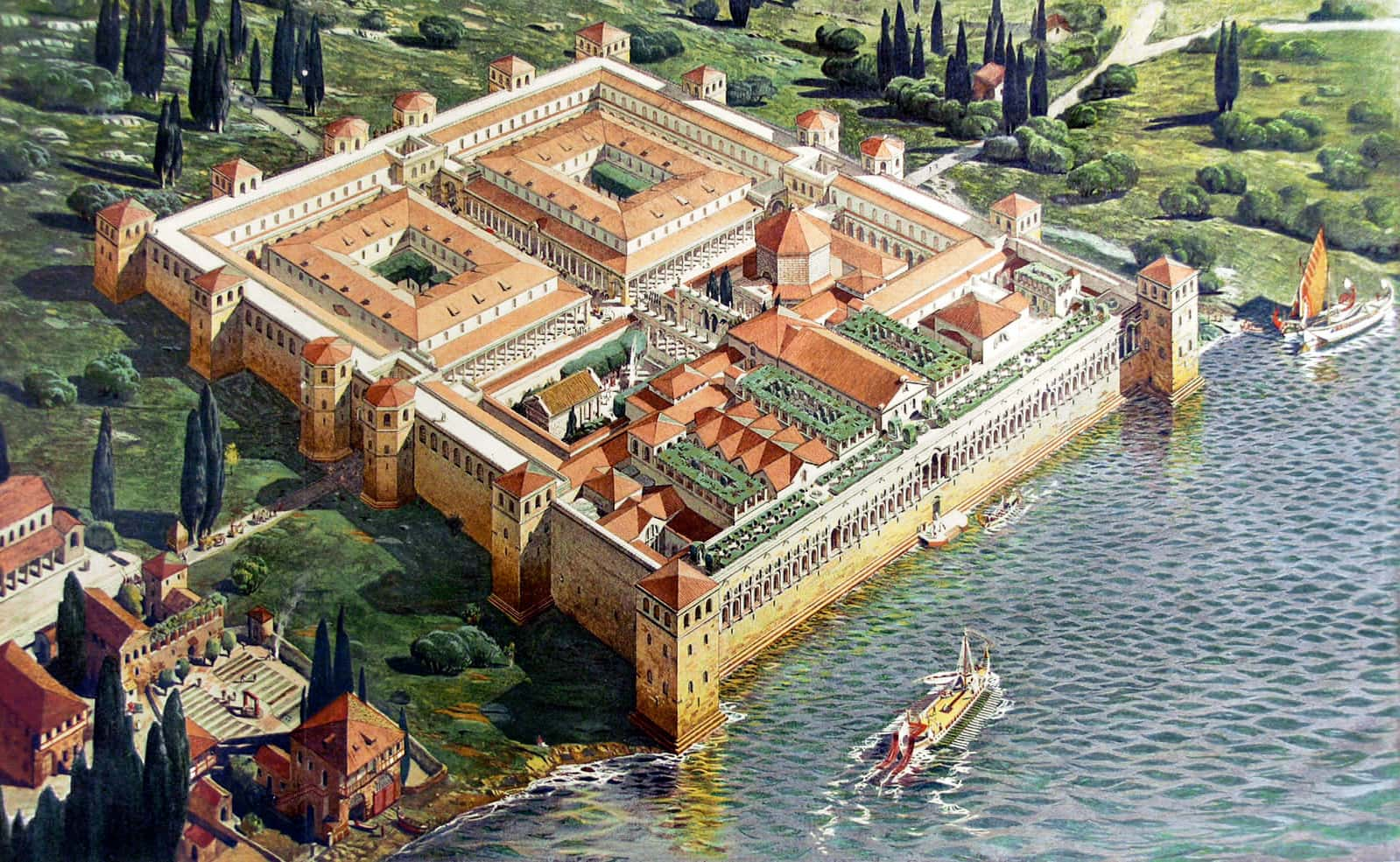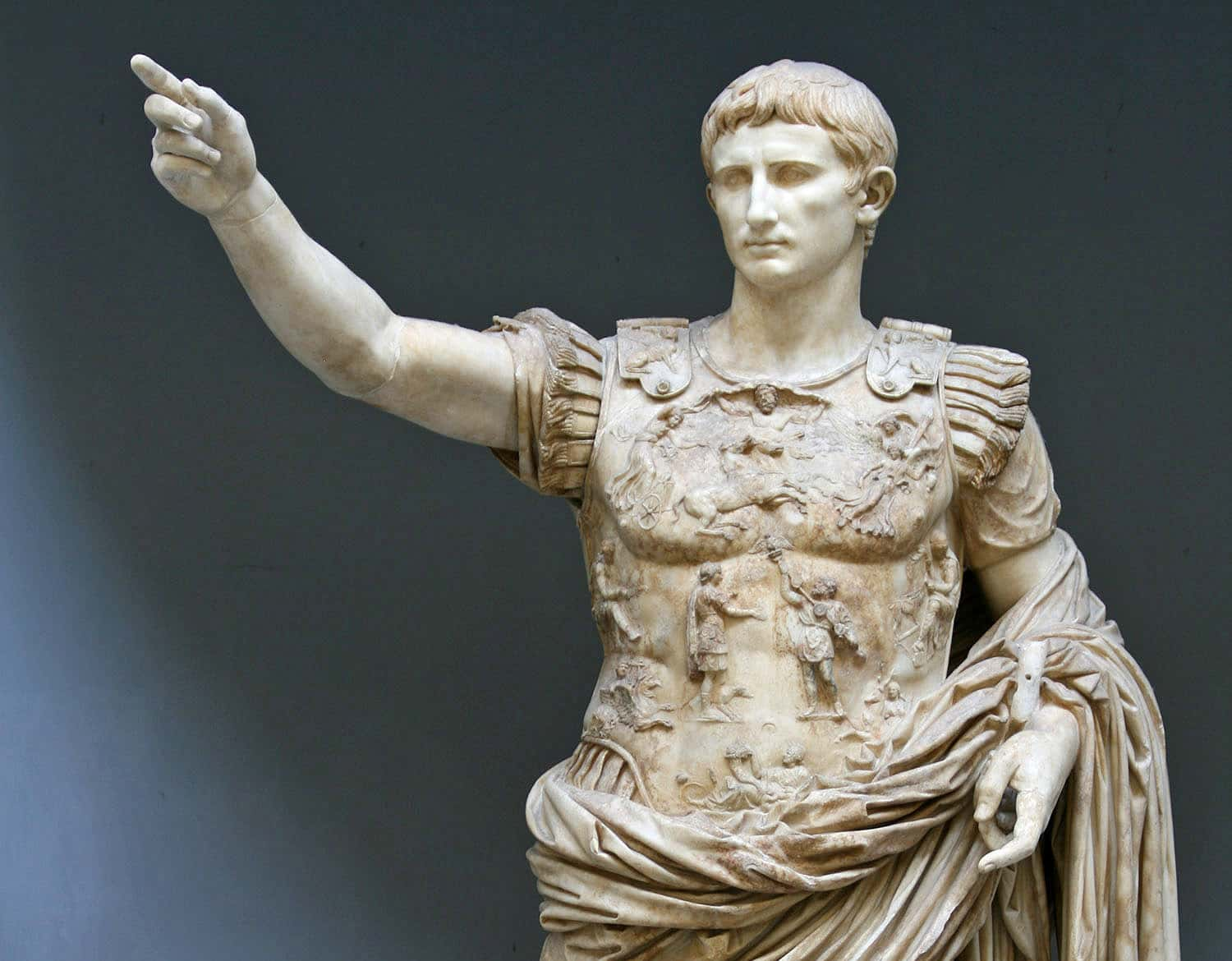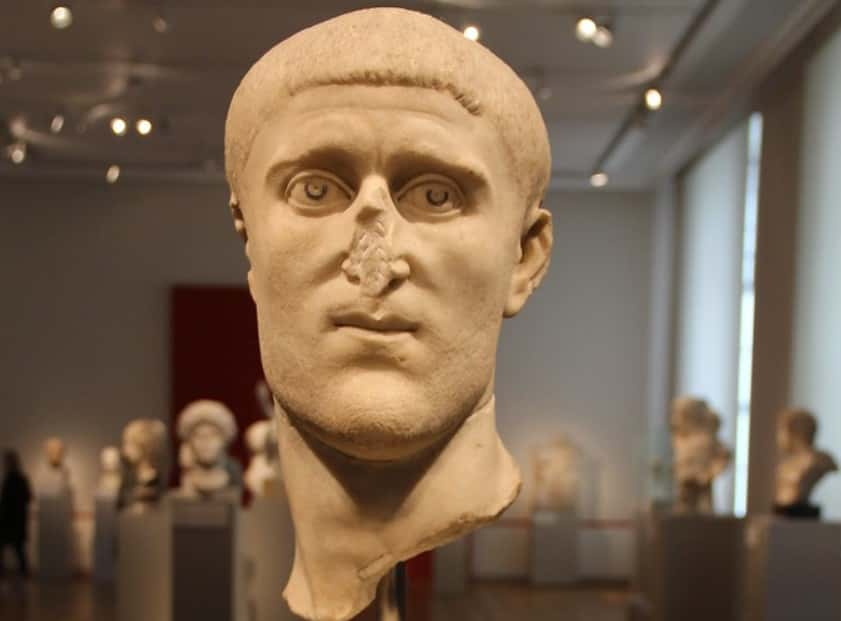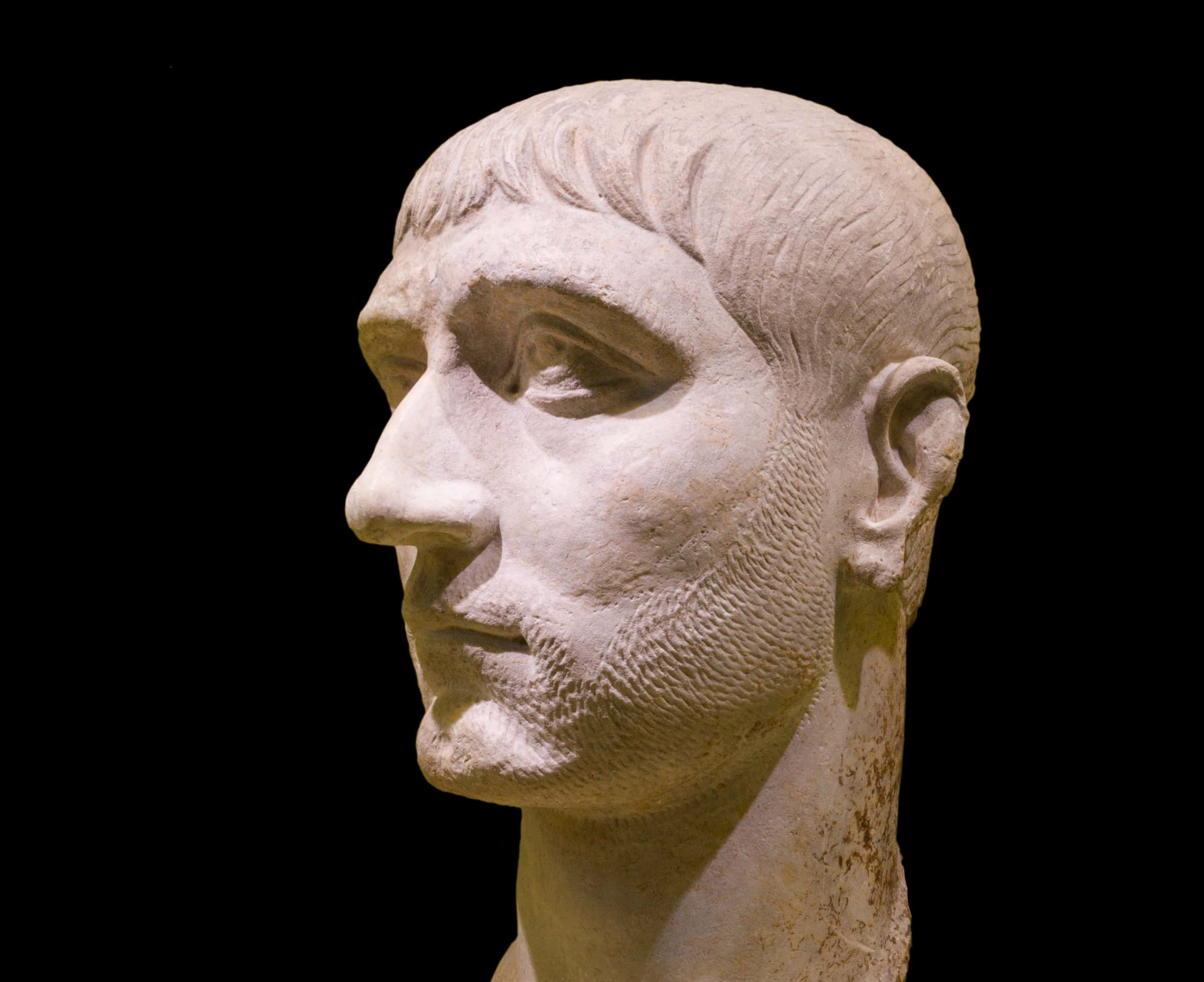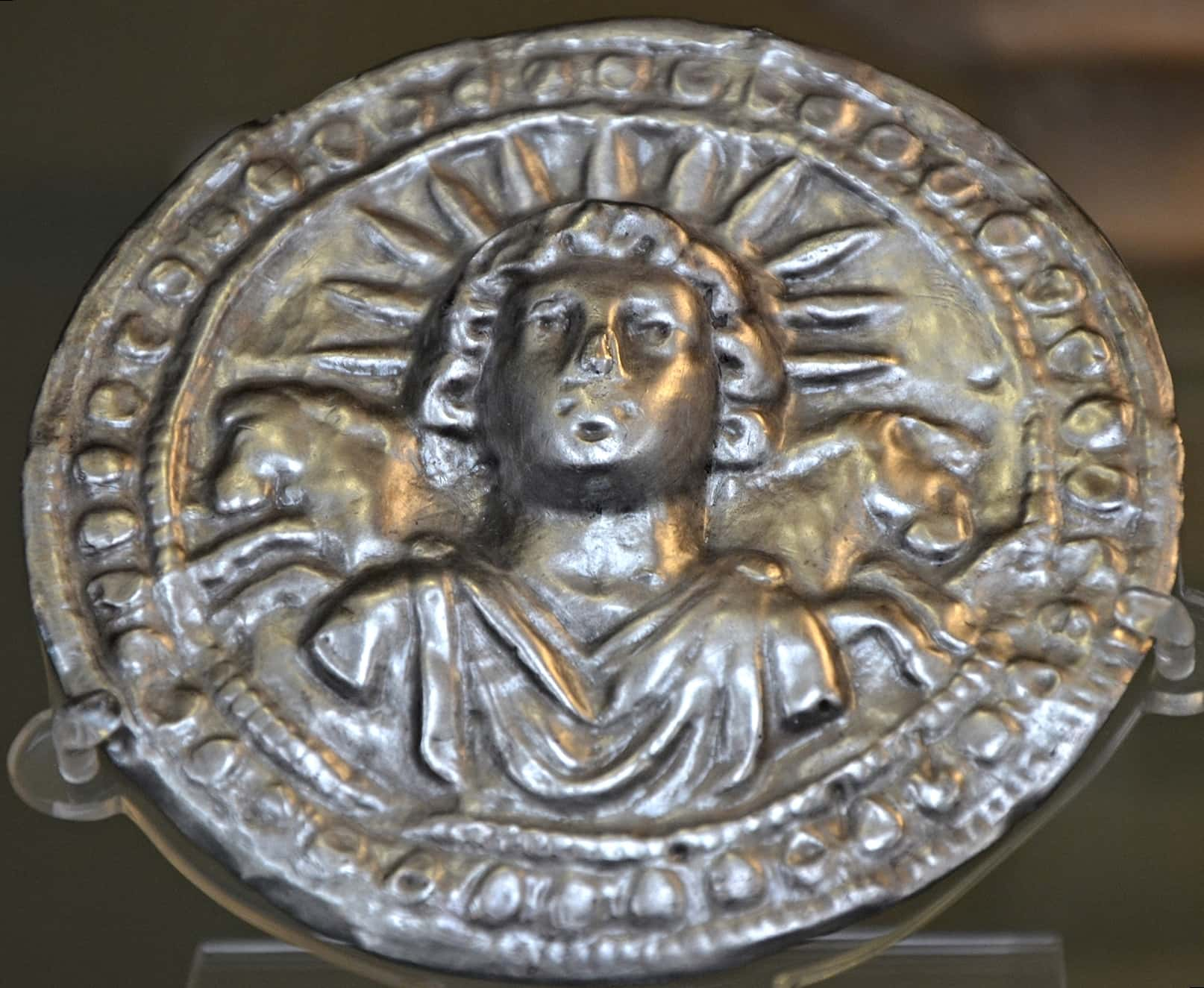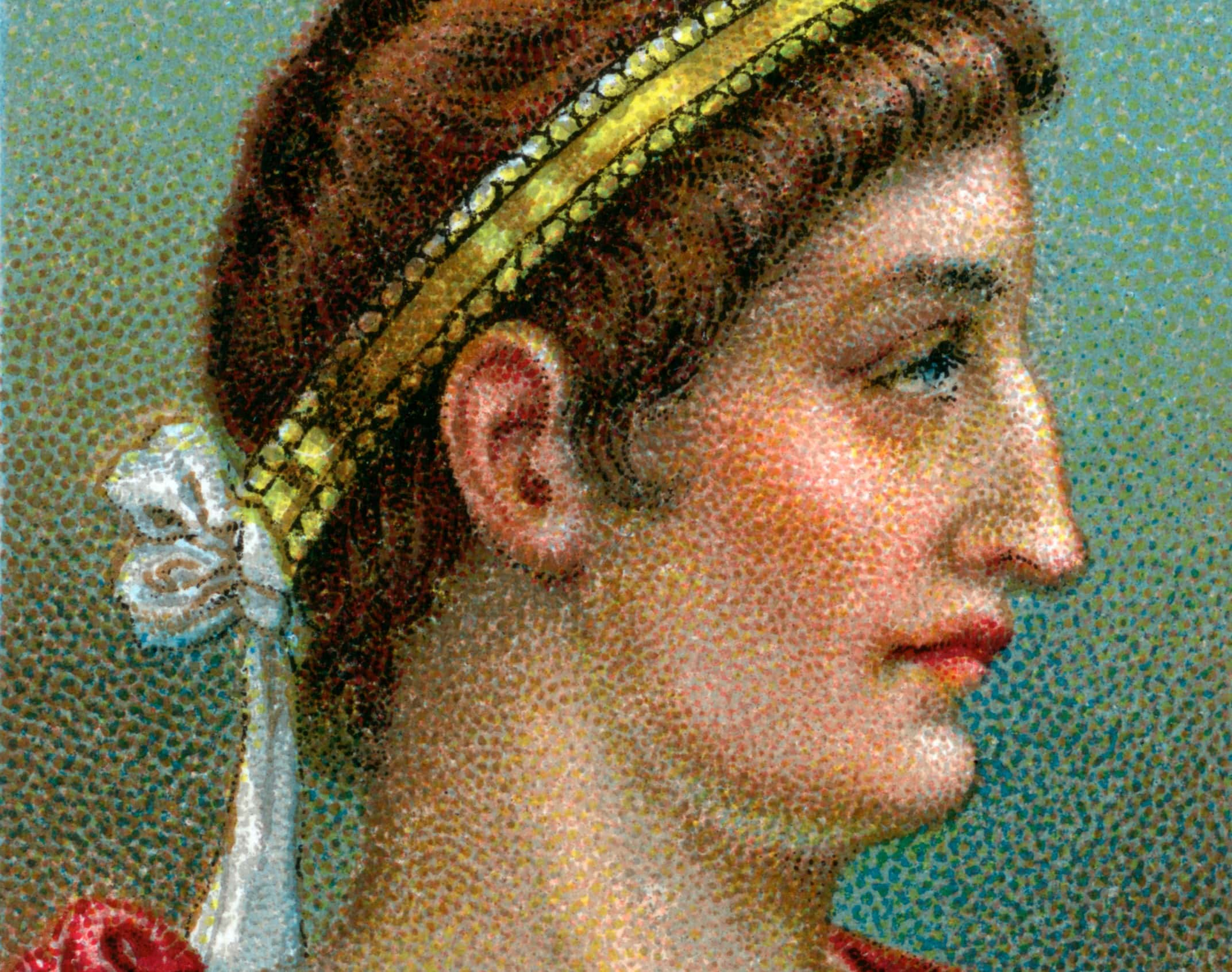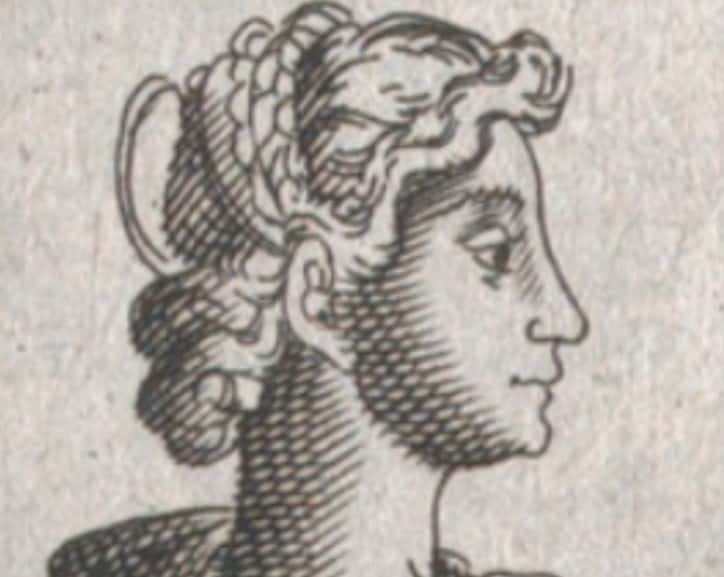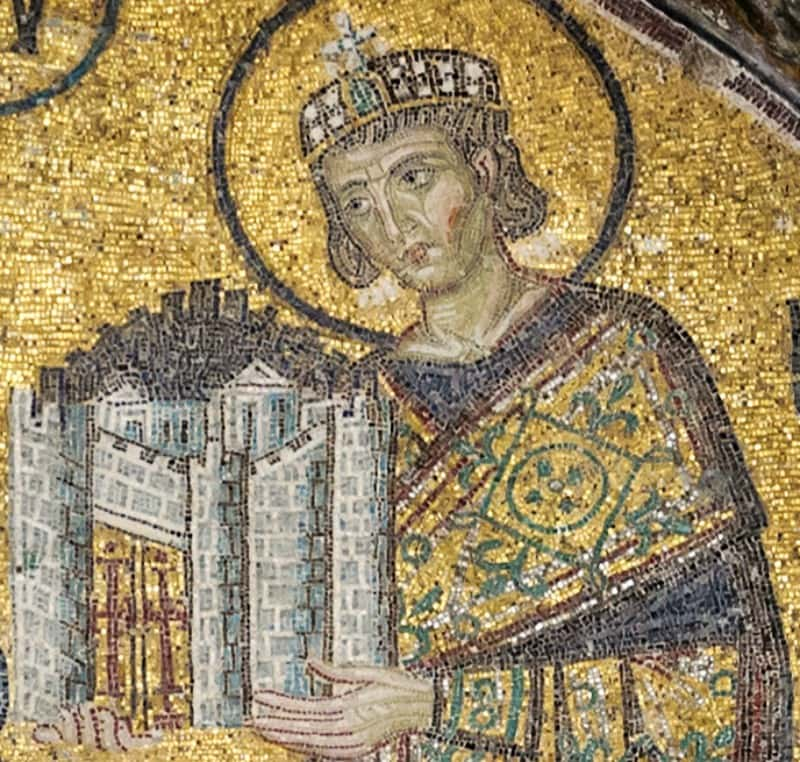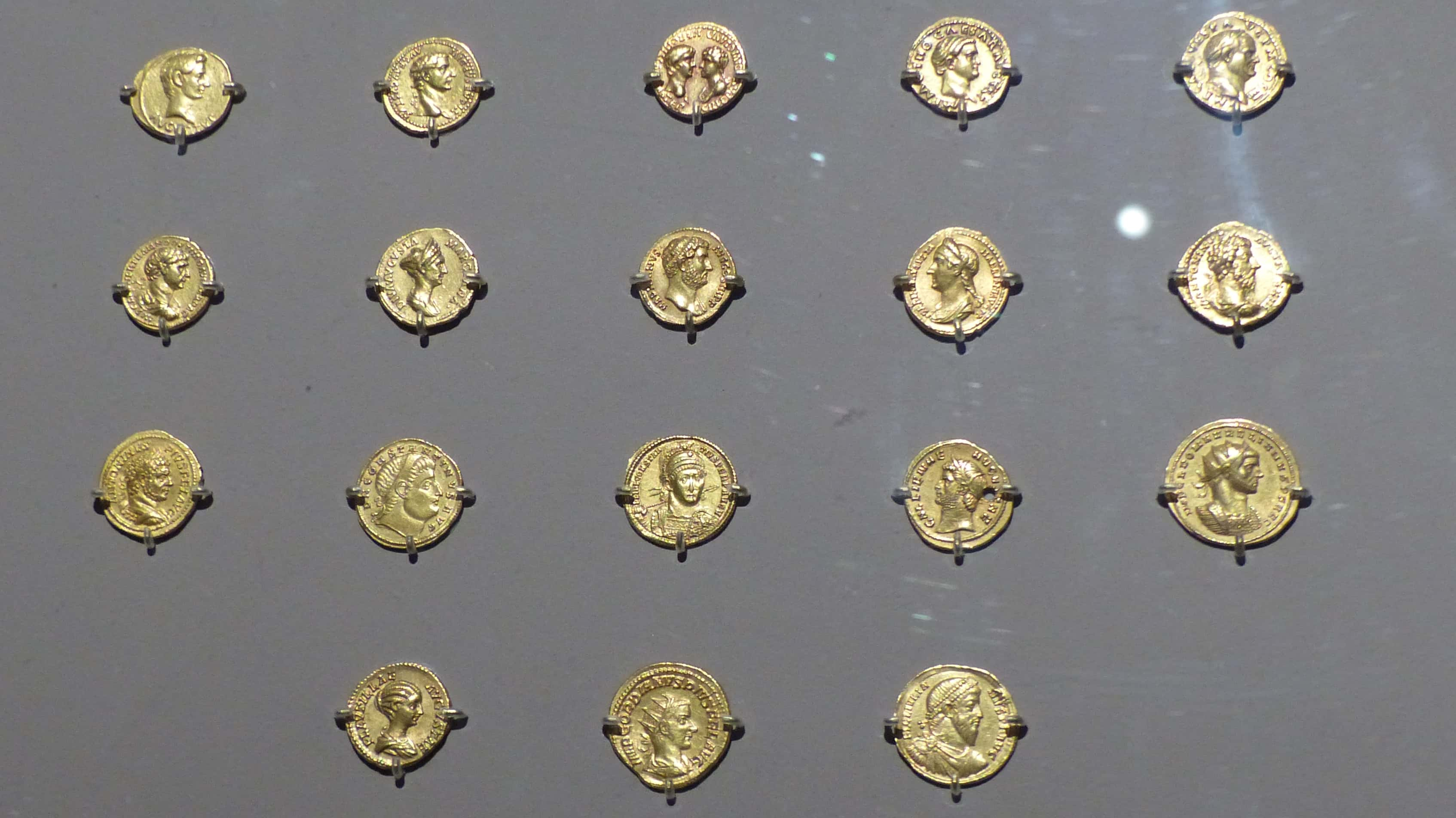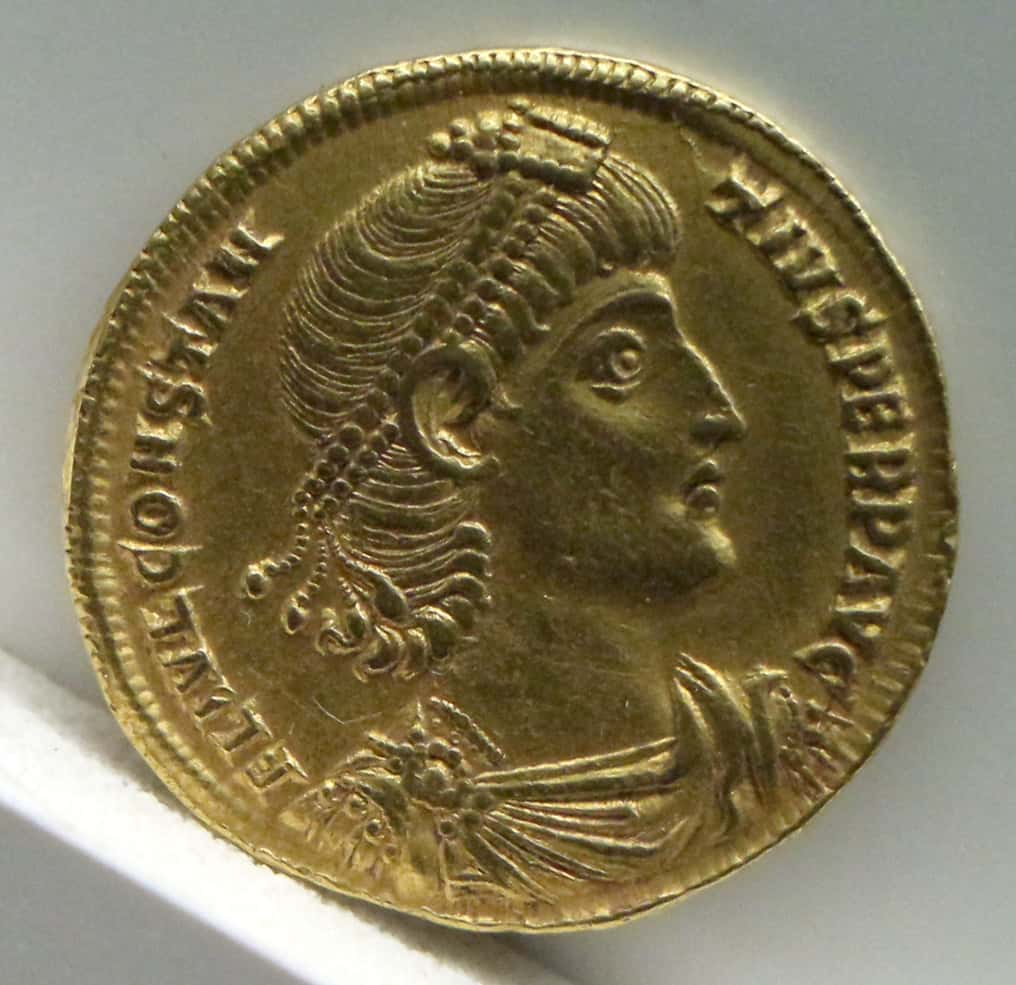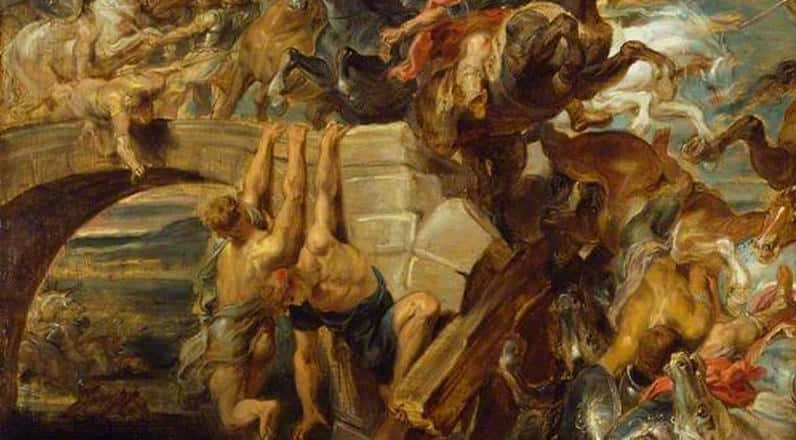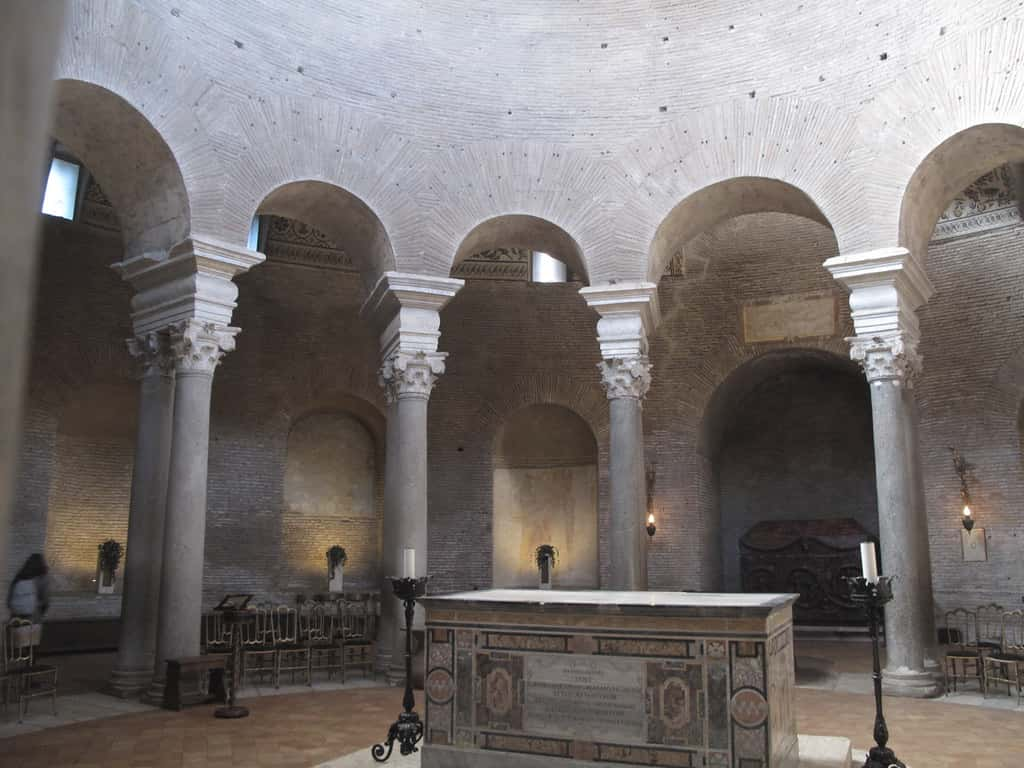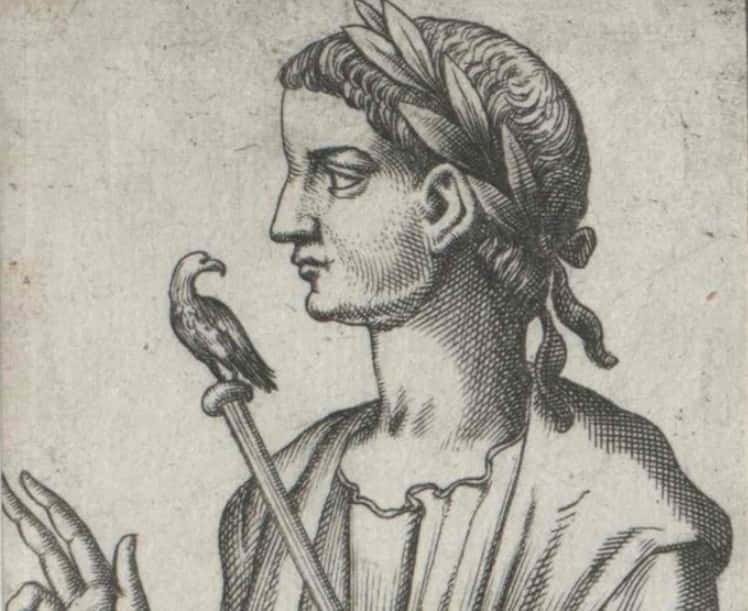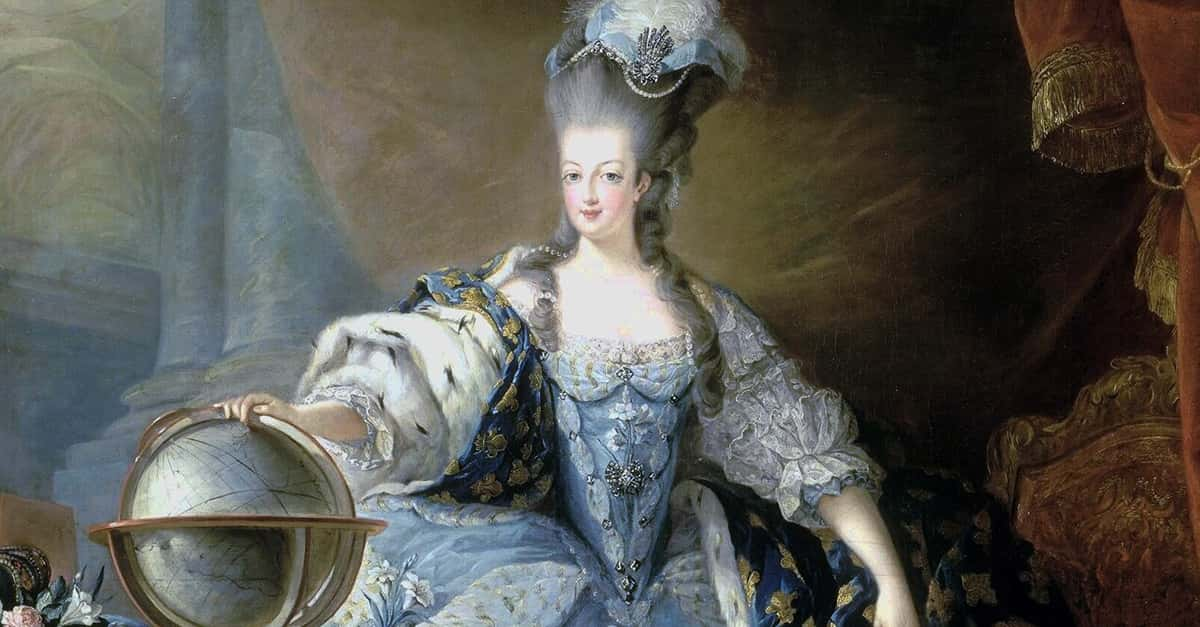In the long annals of Roman emperors, few names rank so high in history as Constantine. Capable of incredible victories on the battlefield and ruthless tactics on the political level, Constantine is often known purely for his admittedly important role in making Christianity the religion of the Roman Empire. But has this latter achievement overlooked who Constantine really was? Find out for yourself by reading up on Emperor Constantine the Great!
Facts About Constantine The Great
1. It Started in Serbia
Constantine’s full name was Flavius Valerius Constantinus. He was born in the city of Naissus (now known as the Serbian city of Nis) around 280 AD.
2. Three Decades of Rule
Constantine would reign as Roman Emperor for an astonishing 31 years. While that might not seem like too long, keep in mind the incredibly high mortality rate among the emperors of Rome. Constantine was actually the second-longest serving emperor in Roman history. Only Augustus ruled longer than him.
 Public Domain Pictures
Public Domain Pictures
3. Change in Partners
Constantine’s parents were a Roman officer named Constantius Chlorus and his consort, Helena. However, things would change when Constantine was a child. Chlorus set Helena aside to marry Theodora, who was the stepdaughter of Maximian. At that point in Rome’s history, two emperors ruled the vast empire at the same time. Maximian had been chosen by the emperor Diocletian to be the second emperor.
4. The Masters and the Apprentices
Around four years after Constantine’s father married his way into one of the royal families, a policy was established by Emperor Diocletian to create two positions with the title of “Caesar.” While the two emperors were referred to as “Augustus,” the purpose of a Caesar was sort of an understudy, ready to take over in case an Augustus died—given the history of Rome, this was a fair thing to be worried about. Not only was Constantine’s father chosen to be Maximian’s Caesar, but Constantine himself was sent to the court of Diocletian so that he might be groomed for a future position as a Caesar.
5. A Barber’s Best Friend
One of the less-remembered aspects of Constantine’s rule as emperor is that he revived the fashion of a beardless visage. Prior to him, emperors such as Hadrian had favored heavy beards, which naturally influenced the populace whom they ruled. Constantine, however, was inspired by the likes of Trajan and Augustus to keep his face clean-shaven.
6. Theonus Greyjoyicus
The privilege of Constantine being sent to live in the court of Emperor Diocletian had a rather sinister edge to it. Not only was Constantine being educated in the hope that he might follow in his father’s footsteps one day, but he was also being used as a hostage by Diocletian against said father.
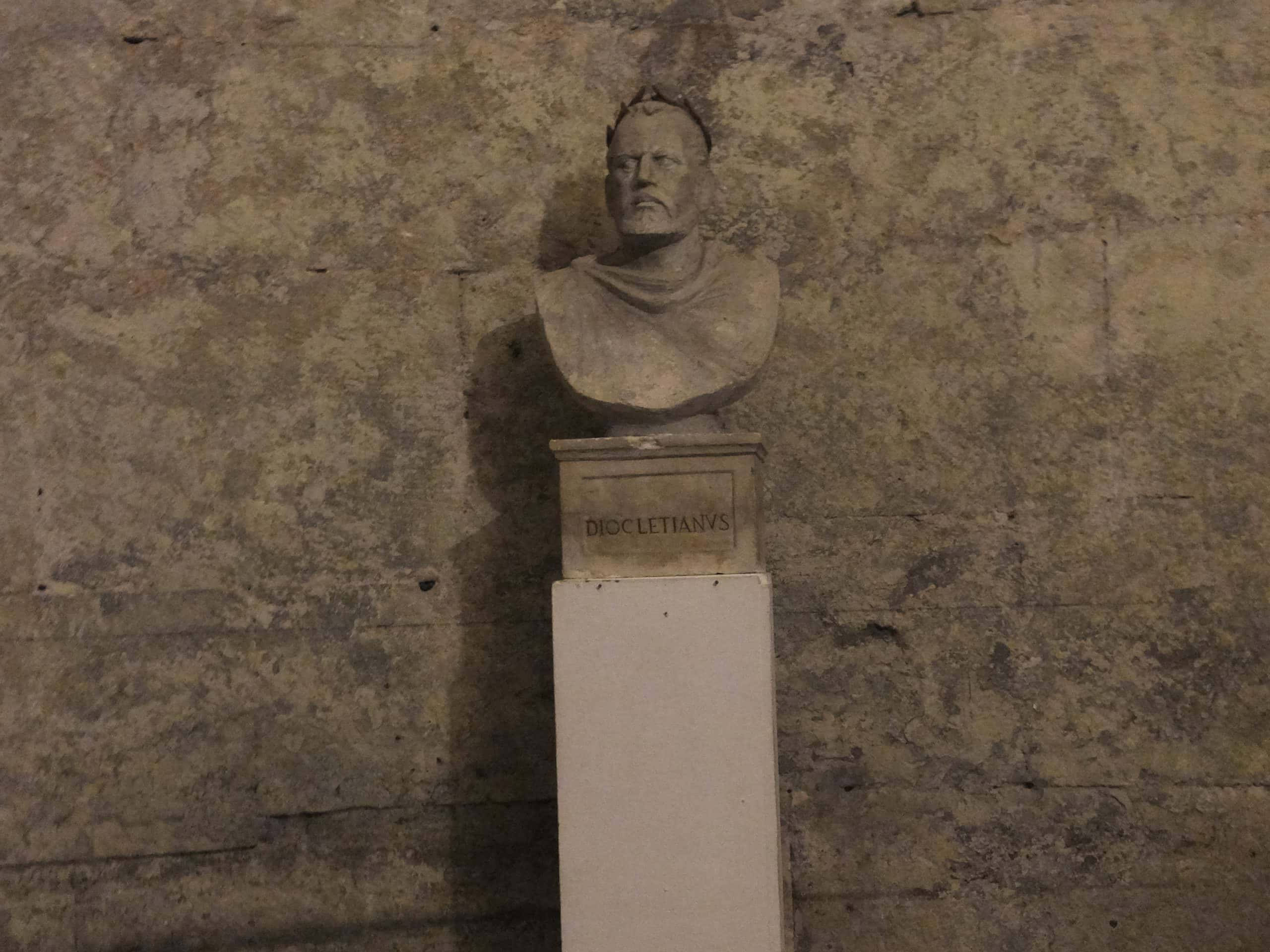 Wikimedia Commons, lienyuan lee
Wikimedia Commons, lienyuan lee
7. Making Your Reputation
While Constantine was being educated in the court of Emperor Diocletian, he also served Diocletian in the military. By 305 AD, Constantine had been promoted to the rank of tribunus ordinis primi, a high-ranking tribune for his heroic actions in Mesopotamia and Syria.
8. Every Horse Fan Just Gasped…
Speaking of 305 AD, Constantine had grown wary of being held as a hostage against his father, Constantius Chlorus, in the western half of the Roman Empire. Chlorus reached out and requested permission to summon his son to his side. Thankfully, the request was approved, though Constantine would later claim that he had to flee under suspicion that the permission was going to be revoked. We can’t be sure how close to danger he really was, but just in case, Constantine allegedly hamstrung as many horses as he could so he couldn’t be pursued!
9. A Recycled City
Constantine was famous for founding the city of Constantinople. Originally known as Byzantium, the Greek city standing on the shores of the Hellespont was chosen by Constantine as the perfect location to bring the eastern half of the Roman Empire back into the fold. Founded in 324 AD, Constantinople would have a very long life until it was finally conquered by the Turks and renamed Istanbul.

Sign up to our newsletter.
History’s most fascinating stories and darkest secrets, delivered to your inbox daily. Making distraction rewarding since 2017.
10. Suppressing the Heresy
Constantine was still with Emperor Diocletian when the emperor embarked on what is now called the “Great Persecution.” Taking place in 303 AD, the Great Persecution was the last and bloodiest attempt by Rome to suppress the Christian faith, which was slowly but steadily growing in followers. Laws were passed to force Christians to participate in worship of the Roman gods, and an undetermined number of Christians were either killed or forced to flee. Constantine would have borne witness to at least the beginning of these events.
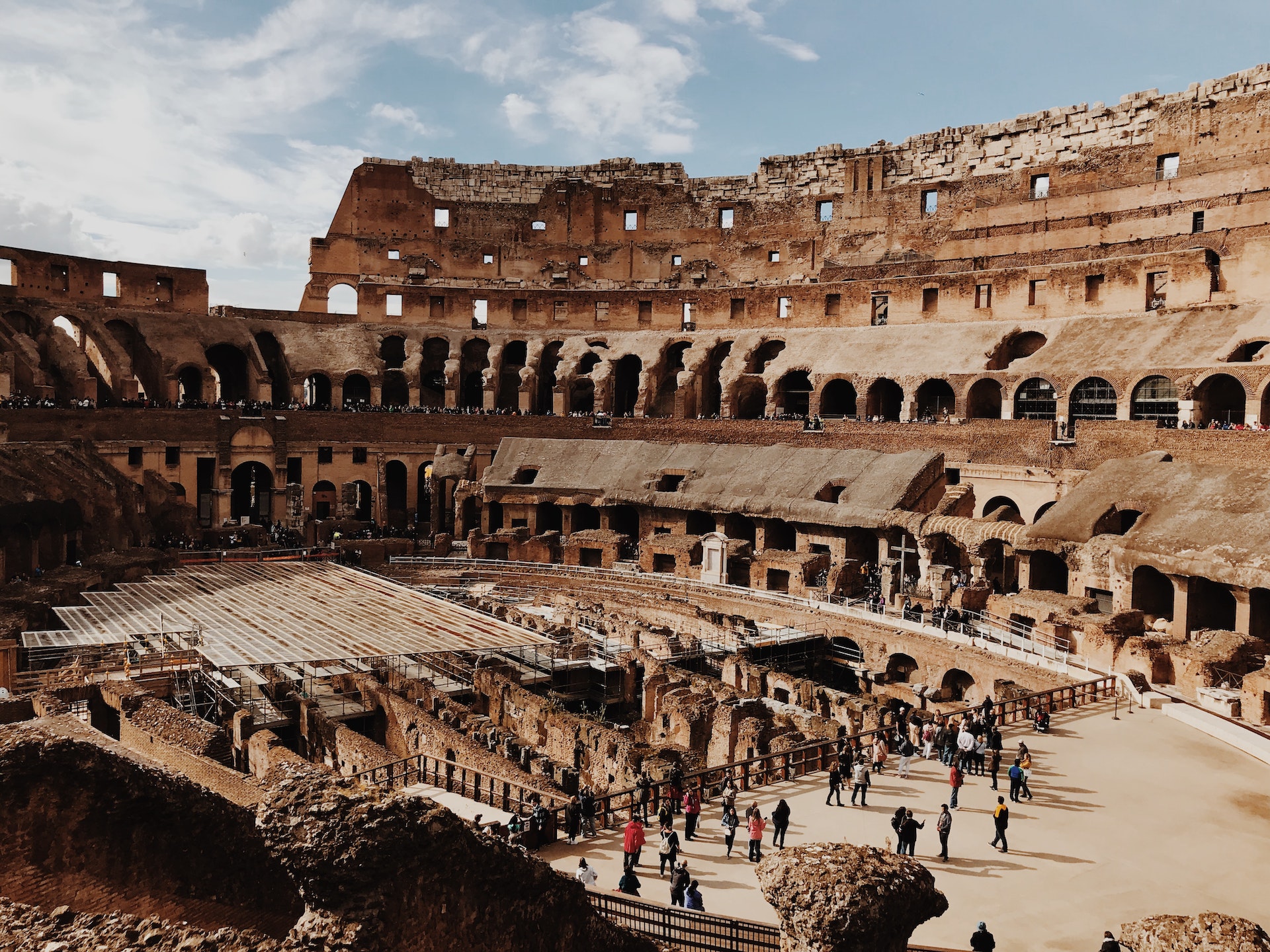
11. Less Than a Year?!
In 305 AD, both Diocletian and Maximian retired their positions as co-emperors, leading to Constantine’s father, Constantius Chlorus, being elevated to one of their former places. Unfortunately for Chlorus, he didn’t get to experience the top spot for long. He died of sickness on July 25, 306 AD.
 Wikimedia Commons, José Luiz Bernardes Ribeiro
Wikimedia Commons, José Luiz Bernardes Ribeiro
12. The Torch Passes
By 306 AD, Constantine had reunited with his father in Britain, where the two of them campaigned against the Picts north of Hadrian’s Wall. However, their time back together would be short. Out of loyalty to their fallen leader, the troops following Constantius Chlorus turned to Constantine, hailing him as the new emperor. Unfortunately, this enraged Maxentius, the son of retired emperor Maximian. Immediately, Maxentius declared himself the new emperor instead, even coaxing his father out of retirement to help him win the throne.
13. Don’t Cross Me
During the winter of 306 and 307 AD, when Constantine was still securing his succession as emperor, a large army of Franks invaded Roman territory from across the Rhine river (one of the famous boundaries of the Roman Empire). Constantine led the counter-attack, defeating the Franks and taking many of them prisoner (including two Frankish kings). In celebration of his victory, Constantine had his prisoners fed to wild animals in an amphitheater where the city of Trier now stands.
14. Let’s Make This Place Special!
Speaking of Trier, it was Constantine who really developed that settlement into a significant town. He not only increased the military defenses of Trier, but he also commissioned the construction of a massive meeting-hall and bathhouse within the town.
15. Was He Also the President of the US?
During the Middle Ages, Constantine was retroactively referred to as a former King of Britain. Of course, this line of thinking was done primarily by the British, especially the controversial historians Geoffrey of Monmouth and Henry of Huntingdon. Both claimed that Constantine’s mother had been a British princess, and thus Constantine had become King of the Britons before he ever went to Rome and secured his position as emperor. Modern historians have naturally viewed these claims with more than a bit of skepticism.
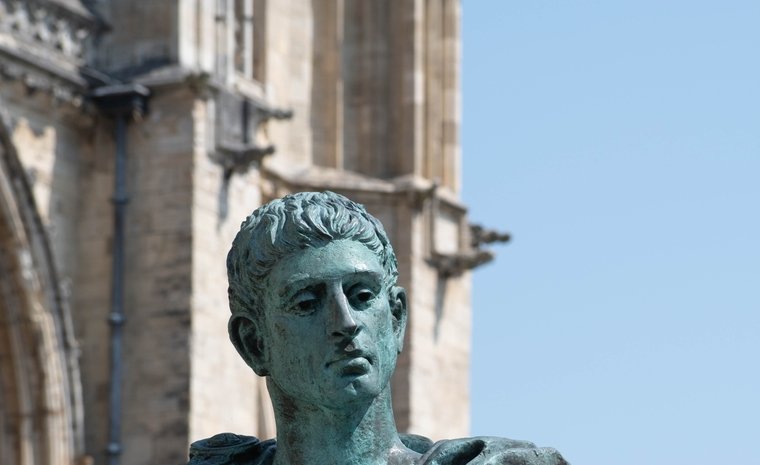
16. Consider Yourselves Dismissed
For many years, the Praetorian Guard was an elite Roman unit whose main job was directly serving the Roman Republic and Roman Emperors as bodyguards. Their history was fraught with scandals, betrayals, and playing a major role in the line of emperors. The Praetorians lasted centuries until they were disbanded by Constantine in 312 AD. Given the fact that they’d previously murdered at least one emperor—the man they’d been sworn to protect—maybe Constantine had a valid point!
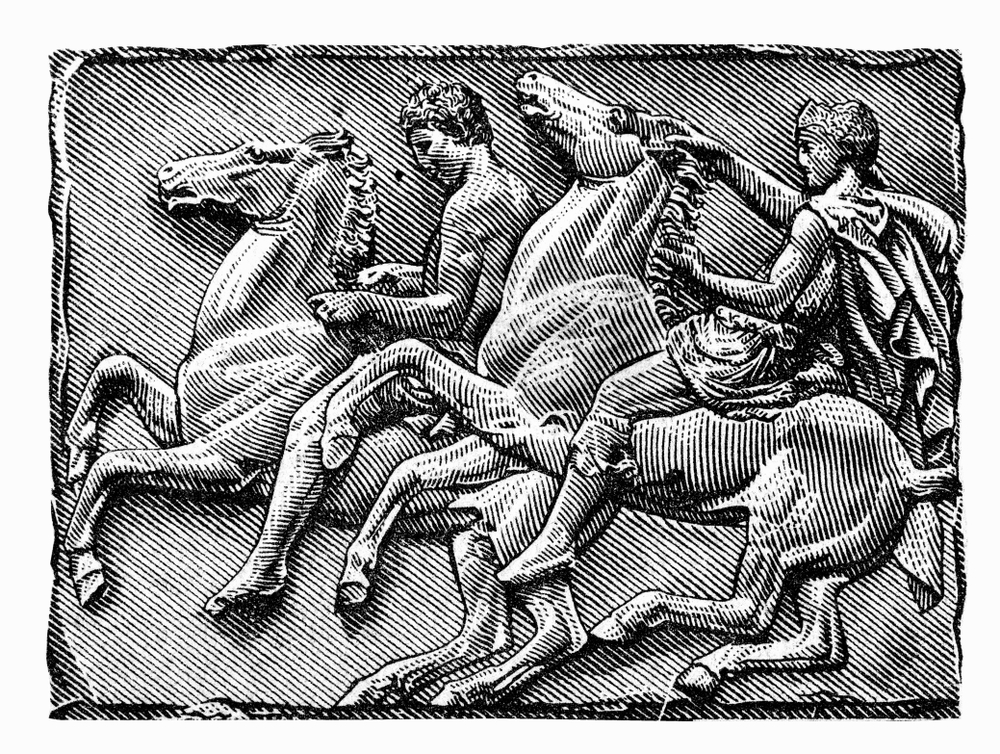 Prachaya Roekdeethaweesab, Shutterstock
Prachaya Roekdeethaweesab, Shutterstock
17. Devoted Acolyte
Long before his association with Christianity, Constantine promoted himself as being blessed in the eyes of various Roman gods. The first such god that he claimed as a patron was Mars, the Roman god of war. However, Constantine would then switch to Sol Invictus, who was normally associated with Apollo, the Greek and Roman god of the sun.
18. Let’s Reason!
In between Constantine’s ascension, Maxentius rebelling against him, as well as both Diocletian and Maximian being brought out of retirement, a great council was called in 308 AD to resolve this messy situation. Also attending was Galerius, the ruling Augustus in the eastern portion of the Roman Empire. The decision was that Galerius’ old friend, Licinius, would become the new western Augustus, while Constantine would be the Caesar under him. Naturally, this agreement satisfied nobody and wouldn’t resolve anything for long.
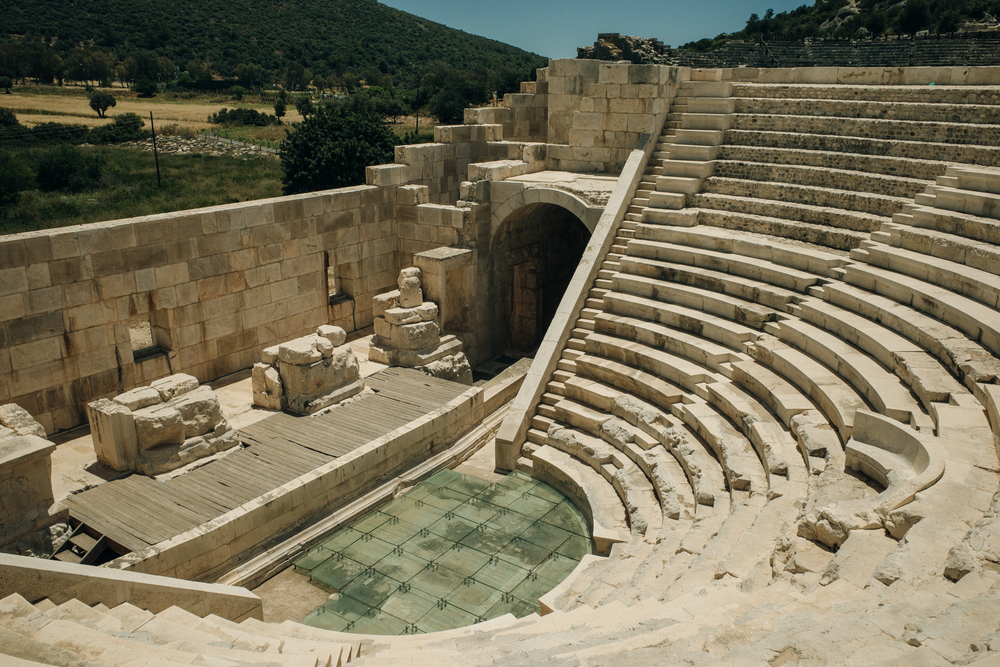
19. You Want a Piece of Me?!
Between 312 and 315 AD, a massive marble statue of Constantine was erected in Rome’s Basilica. Known as the Colossus of Constantine, it supposedly stood around 40 feet high! While the statue was broken down at some point in history, several pieces survive to this day, including the head.
20. Talk About a Dust-Up!
While winter isn’t normally considered to be the ideal time for campaigning, the Romans under Constantine launched a fearsome military campaign during the winter of 332 AD. They were fighting the Gothic tribes in the region of Dacia, a former Roman province that Constantine hoped to reconquer. Due to their lack of preparedness for a winter war, the Goths were overrun. It’s said that Constantine’s forces slaughtered over 100,000 of them before they surrendered and submitted to Rome.

21. This is Getting Excessive!
Unsurprisingly, the modern-day city of Nis has paid tribute to the Roman Emperor who was historically born there. Their airport is called Constantine the Great, and as if that wasn’t praise enough, there were plans to erect a massive cross on the hill outside of Nis—unfortunately, they were later canceled.
 Wikimedia Commons, Julian Nitzsche
Wikimedia Commons, Julian Nitzsche
22. Surprise! Wait…
As you can imagine, the great council’s decision in 308 AD didn’t keep the peace. In fact, less than two years after things were supposedly resolved, the former emperor Maximian tried to pull a fast one on Constantine and raise new forces against him. However, Constantine proved the better general, and captured the elderly Maximian. While in captivity, Maximian hanged himself during the summer of 310 AD.
 Wikimedia Commons, José Luiz Bernardes Ribeiro
Wikimedia Commons, José Luiz Bernardes Ribeiro
23. That’s Not How It Went!
Naturally, Maximian’s son, Maxentius, wanted to take revenge on Constantine, and he declared that he would avenge his father’s wrongful death. Constantine, meanwhile, tried to maintain good P.R. by spreading the story that Maximian had threatened to murder Constantine in his sleep, but Constantine’s wife had forewarned him. Instead, when Maximian allegedly came in to kill Constantine, he slew an unsuspecting eunuch instead. Caught red-handed (literally), Maximian was purportedly given the choice of suicide as a way to avoid further disgrace.
24. Wife or Concubine?
In 303 AD, Constantine began a relationship with a woman named Minervina. We don’t know much about her at all; most of what we know about her is that she was the mother of Constantine’s son Crispus. We also know that Constantine set her aside in 307 AD to marry his second wife. Historians have suspected that Minervina was Constantine’s first wife, but since he would have had to divorce Minervina to marry again, and no such record survives, many have suspected that Constantine never formally married Minervina.
25. Good Thing Thanksgiving Doesn’t Exist
Speaking of that second wife, Constantine married her in 307 AD, as an attempt to improve his political position. Flavia Maxima Fausta was the daughter of the old emperor Maximian, and the sister of Maxentius. This made Constantine’s conflict with Maximian and Maxentius a much more awkward and personal conflict.
26. Late Bloomer
Despite being hailed as a saint by the Eastern Orthodox Church, Constantine was only baptized on his deathbed. Granted, he was canonized for his actions rather than his conversion, but it feels like a suitably ironic fact to mention!
27. Never Tell Me the Odds
Although Constantine defeated Maximian in 310 AD, Maxentius would continue to be a thorn in Constantine’s side. In 312 AD, the two brothers-in-law faced each other met where the Italian city of Turin stands today. Although Maxentius was not recognized as an emperor by the legitimate authorities, he had summoned an army of around 100,000 men to face Constantine’s 40,000 troops. Of those 100,000, many of those troops were heavily armored cavalry known as cataphracts.
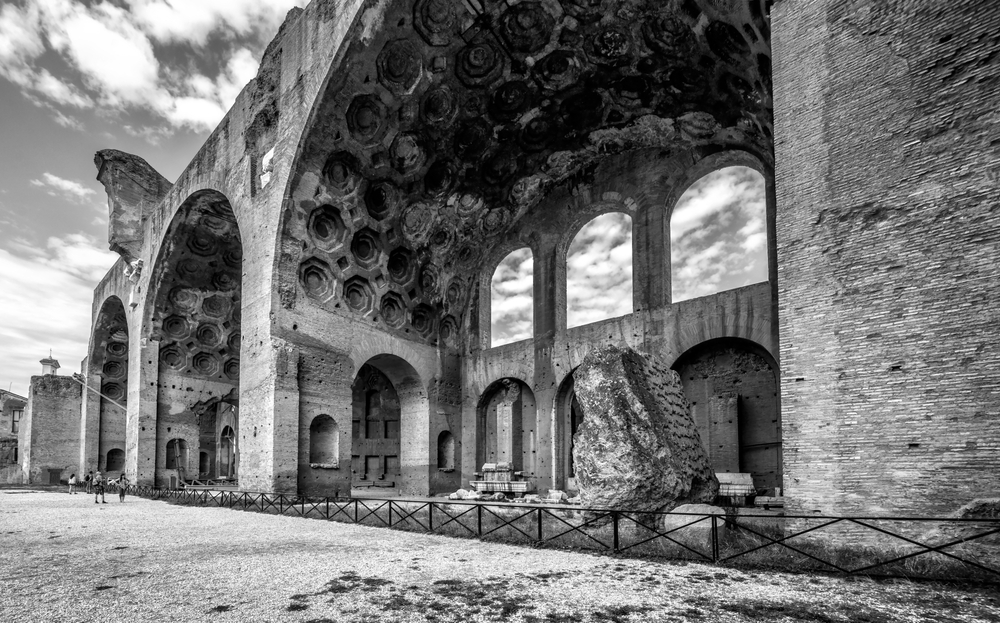
28. Who Saw That Coming?!
Despite being outnumbered and outmatched in every conceivable regard, Constantine developed an incredible strategy against the heavy cavalry of Maxentius at the 312 Battle of Turin. Despite his smaller numbers, Constantine arranged for his battle line to be longer than their enemy’s. When the heavy cavalry known as the cataphracts slammed into Constantine’s center, the swift cavalry on his left and right flanks swerved inward and cut off the cataphracts’ retreat.
Constantine had armed them accordingly with iron-shod clubs, the perfect weapon to use against heavily armored cavalrymen. After that, Maxentius’ army lost confidence and began to flee, even as they were slaughtered by Constantine’s triumphant army.
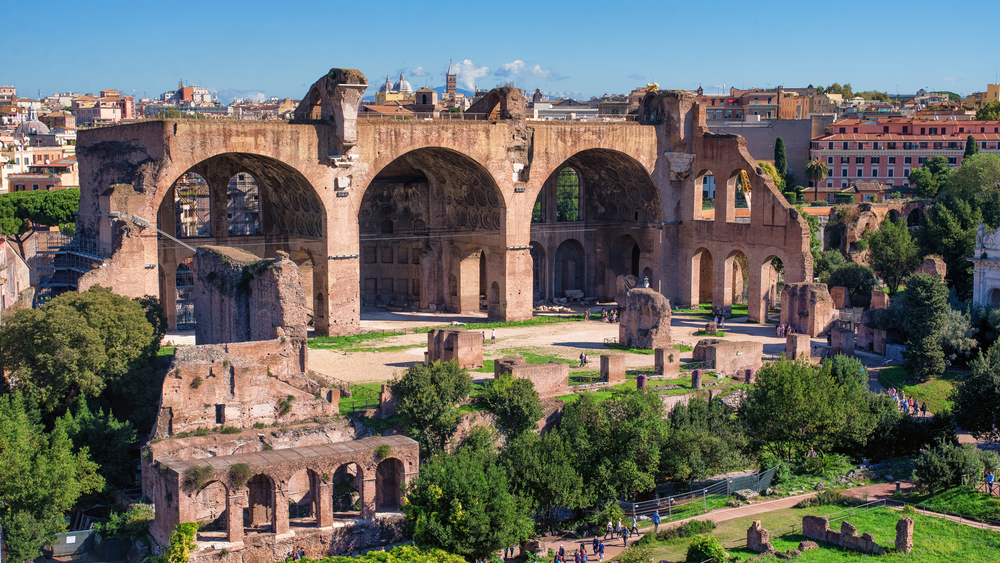
29. Let’s All Get Along!
Contrary to popular belief, Constantine did not make Christianity the sole religion of Rome with the Edict of Milan. Established in 313 AD by Constantine and his co-emperor Licinius, the edict actually proclaimed freedom of religion within the Roman Empire. Christians benefited greatly from this edict, as they had been persecuted in the past by the Roman people.
30. Thanks for Being so Great!
Unlike their Byzantine counterparts, the Roman Catholic Church has yet to recognize Constantine as a saint. However, they do honor the former emperor by giving him the moniker “the Great” in historical records. He continues to be known as such to this day in religious texts.
31. Well, That Ended Badly
You might remember that even with Maxentius and Maximian dead, Constantine still had to deal with his co-emperor, Licinius. The two of them initially made peace, with Licinius marrying Constantine’s half-sister. However, the emperors of east and west would quickly war with each other regardless. Just like the last time, someone made war on Constantine, Licinius was steadily out-generaled and outfought, until he was taken prisoner in 324 AD.

32. Constantine Has No Chill!
Perhaps out of respect for Licinius being his new brother-in-law, Constantine promised to let Licinius live as a private citizen so long as he behaved. Whether this was Constantine’s true intent or not is unclear, but in 325 AD, less than a year later, he arrested Licinius and his son. Accusing both of plotting treason, they were both hanged as punishment. We’d like to remind you that Licinius’ son was also the son of Constantine’s half-sister. So much for family connections!
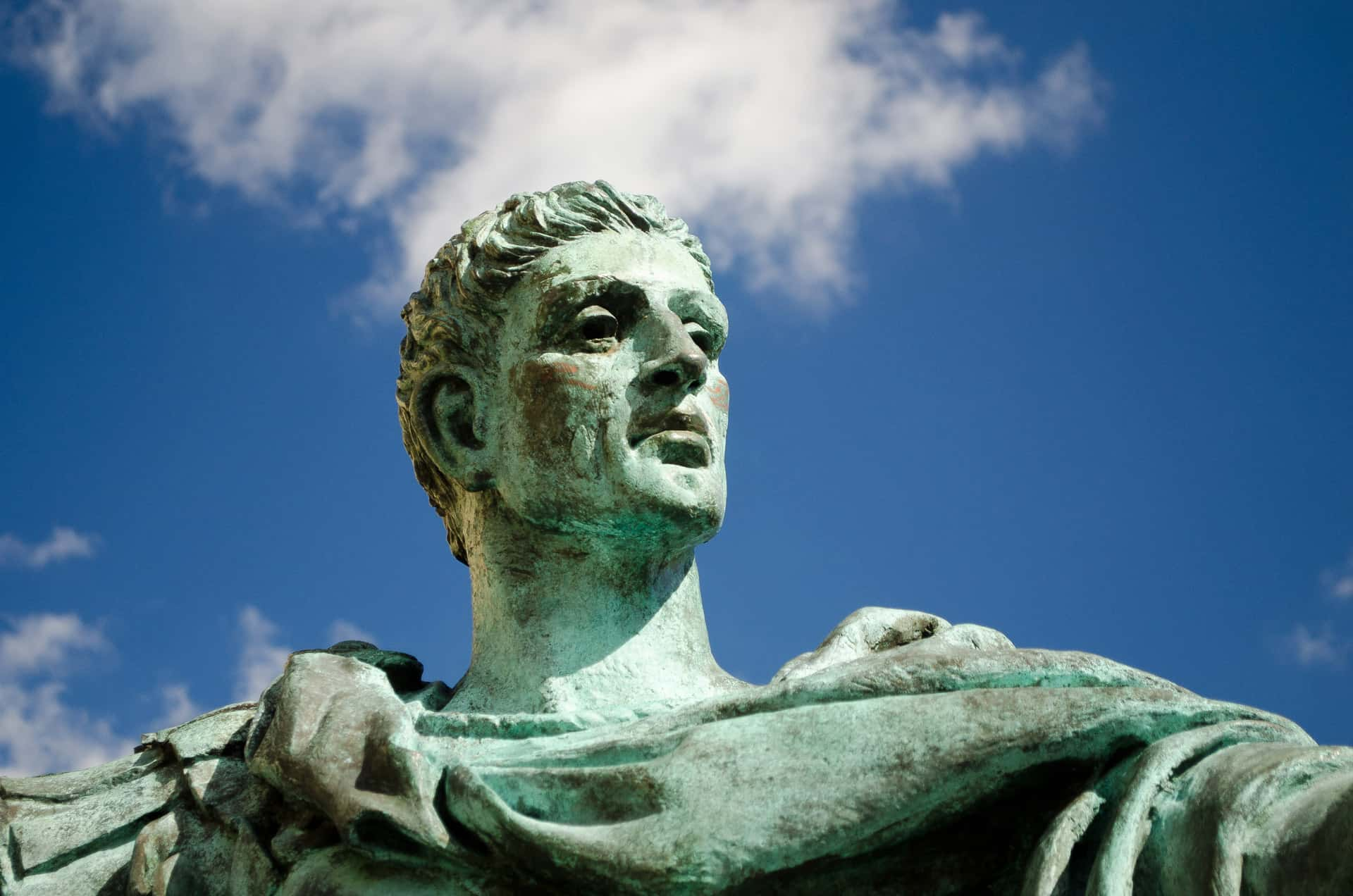 Public Domain Pictures
Public Domain Pictures
33. Good as Gold
One of Constantine’s most lasting impacts on European history was the solidus. This was a Latin coin which weighed around 4.5 grams and was made of pure gold. Constantine was finalizing a series of coin reforms initially begun by Emperor Diocletian, and the gold coin standard would continue long after Constantine’s death. In fact, the gold coin standard would endure until the end of the long-lasting Byzantine Empire, and even after that, other nations in Europe would copy that method long afterward.
34. The Emperor is Dead
In the spring of 337 AD, the 65-year-old Constantine was struck down by a terrible illness. He managed to linger on until the 22nd of May that same year, when he died in the Bithynian settlement of Ancyrona. He was laid to rest in the Church of the Apostles in the city of Constantinople.
35. A House Divided
Following their father’s death in 337 AD, three of Constantine’s sons with Flavia Maxima Fausta would succeed their father to the title of Emperor, along with their cousin Dalmatius. Of course, this arrangement didn’t last long before Constantine’s family turned on each other ruthlessly. His eldest son, Constantine II, was killed in an ambush while campaigning in 340, his youngest son, Constans, was assassinated in 350, and several other relatives of Constantine were killed. Meanwhile, Constantine’s middle son, Constantius II, would reign until 361 AD.
36. Triumphant Tussle
The final battle between Maxentius and Constantine took place at the Milvian Bridge on October 28, 312 AD. After the disastrous defeat at Turin, Maxentius was left with only 25,000 soldiers, equal to the army with Constantine. Foolishly, Maxentius had crossed the bridge and hadn’t given his army much room to maneuver on the other side of the river.
When Constantine’s troops once again outfought their enemies, Maxentius and his army tried to flee back across the bridge or swim across the river. Many were slaughtered or drowned, Maxentius being one of the latter men. It’s hard to say which group of soldiers had the worse form of death.
37. Is it a Miracle? Is it a Plane?
What really makes the Battle of the Milvian Bridge so important in the story of Constantine is the anecdote about how he was inspired to fight. Before the battle, Constantine and his army allegedly saw a holy sign urging them forward. The sign was allegedly a “cross of light” with the message that Constantine would conquer with this sign.
This was meant to foreshadow Constantine’s adoption of Christianity, but scientists have suspected that Constantine actually saw a solar phenomenon known as a sun dog, where the sun is given a sort of halo to make it appear as though there are three points of solar light in the sky.

38. Things Change
Unsurprisingly, Constantine was held up during the Middle Ages as the ideal ruler. All other monarchs were measured to the standard which he set. This adulation halted somewhat during the Renaissance when ancient sources were discovered which held a very negative view of Constantine. Despite some reconsidering throughout the years, though, Constantine is more or less still held in high esteem in most circles regarding his success.
39. Step Aside, Noah, this is My Arc! (Heh)
In true Roman fashion, a triumphal arch was constructed to honor Constantine’s great victory over Maxentius at the Battle of Milvian Bridge. It is well noted by historians for being the largest structure of its kind built during the Roman Empire, though there is a controversy surrounding it. Although Constantine’s support and adoption of Christianity have gone down in history, the arc built in his honor is adorned with depictions of non-Christian deities. This has led historians to suspect that this triumphal arc wasn’t actually built during Constantine’s reign.
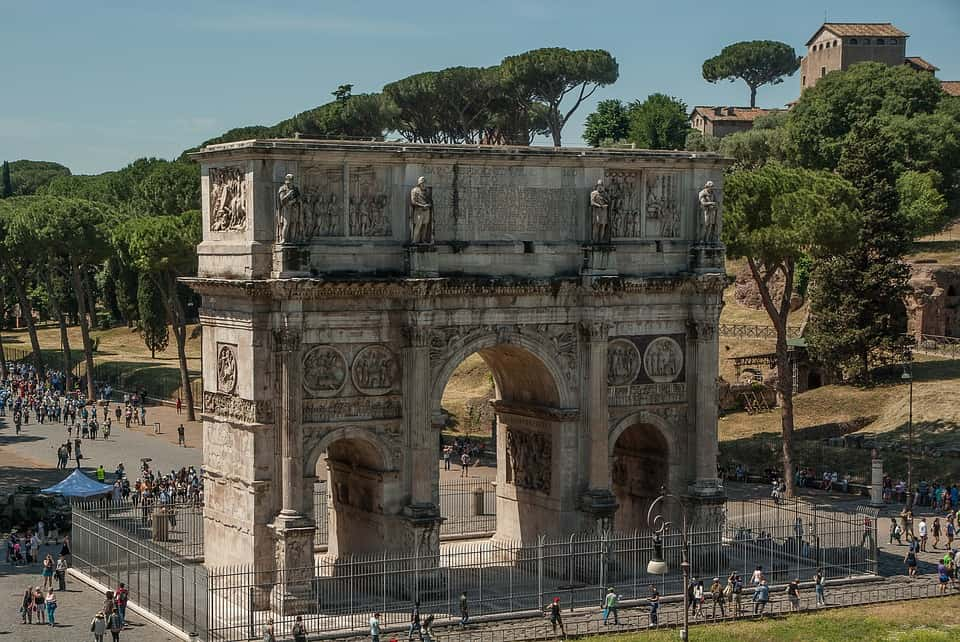 Pixabay
Pixabay
40. My Girls
Constantine had two daughters with Flavia Maxima Fausta, and like their brothers, they would become renowned in their society and beyond. Helena would marry her cousin Julian, who succeeded rule of the Roman Empire after Constantine’s sons had all died. Constantina, meanwhile, not only became a key political power during her adult life, but she was later venerated as a saint during the Middle Ages. She is known as St. Constance to this day.
41. That was Cold-Blooded!
One of the most pitiless actions that Constantine ever undertook occurred in the year 326 AD. That was the year when he took his own son, Crispus and had him executed via poison. Additionally, he also killed his second wife, Flavia Maxima Fausta, by leaving her in an excessively heated bath to either scald or boil to death!
42. Why!!????
To this day, it isn’t known just why Constantine would have his second wife and son murdered so cruelly, though historians have certainly provided theories. One of the more sinister ones is that Constantine discovered that his son, Crispus, was having an affair with Fausta, his stepmother. Another theory is that Constantine was securing his position as emperor and killed off a potential heir as a political message to show how ruthless he could be. It’s hard to decide which one of those explanations is worse.
43. If the Wind’s in the Right Direction?
There are long-standing doubts among historians concerning the honesty of Constantine’s conversion to Christianity. Some suspect that he was being opportunistic rather than devout when he favored a religion which was gaining traction among the Roman populations. The counter-argument is that regardless of any surge in popularity, Christians only made up 15% of the population at the time of Constantine’s reign.

Sources: 1, 2, 3, 4, 5, 6, 7, 8, 9, 10, 11, 12, 13, 14, 15, 16

